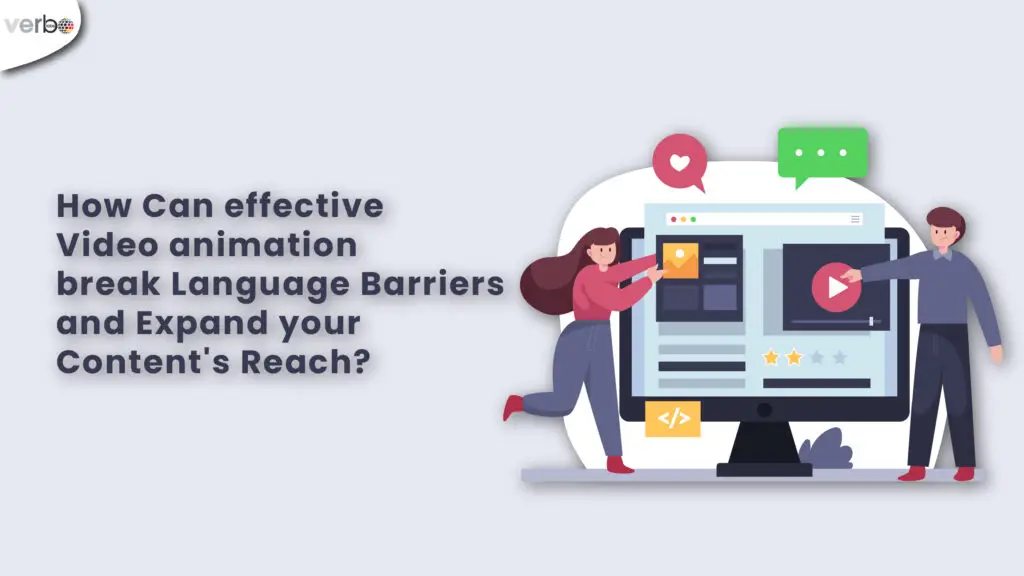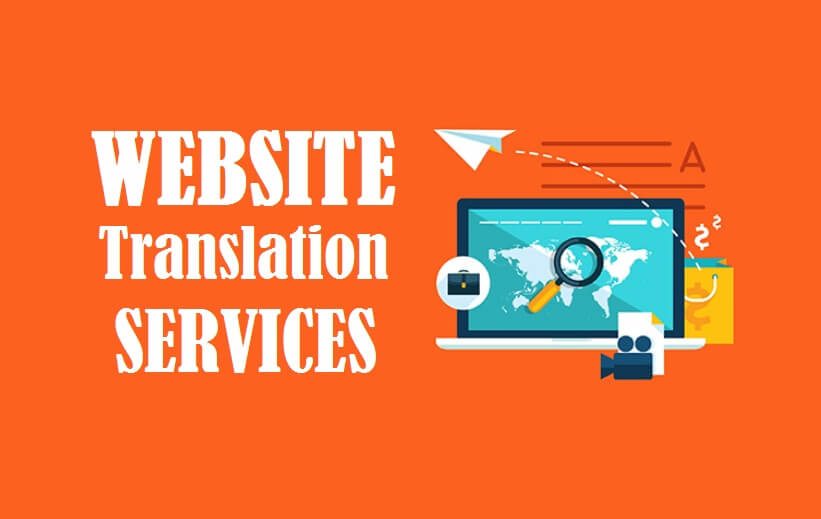In today’s world, where we’re drawn to audio-visual content more than ever, animated videos have become impossible to ignore. Effective communication transcends linguistic boundaries and video animation emerges as a dynamic tool. It is capable of not only breaking language barriers but also expanding the reach of your content to a global audience. This blog explores the profound impact of video animation on transcending language limitations and offers insights into how businesses and content creators can harness its potential.
Understanding the Language Barrier Challenge
In a world rich with diverse cultures and languages, reaching a global audience can be challenging. Traditional methods of communication often struggle to convey messages universally, hindering the expansion of content beyond linguistic confines. This challenge is particularly pronounced in the digital realm, where the competition for attention is fierce, and audiences span various linguistic backgrounds.
The Multilingual Dilemma: A Global Perspective
To illustrate the scope of the multilingual challenge, consider this: there are over 7,000 languages spoken worldwide, and the internet hosts content in a multitude of them. English may be a dominant language online, but the majority of the world’s population communicates in different languages. Navigating this linguistic diversity is crucial for businesses and content creators seeking to connect with a global audience.
Enter Video Animation: A Universal Language
Visual Storytelling Transcends Words
Video animation has a unique ability to convey complex messages without relying solely on verbal communication. Through visual storytelling, intricate concepts, emotions, and narratives can be expressed, making it an ideal medium for overcoming language barriers. A well-crafted animation engages audiences on a visual and emotional level, facilitating a more profound connection that transcends linguistic differences.
Universal Appeal of Visual Elements
Visual elements in animations, such as characters, symbols, and icons, have a universal appeal. They can convey meanings that resonate across cultures, making it possible for content to be understood and appreciated regardless of the viewer’s native language. This universal appeal extends the reach of content far beyond what text-based communication can achieve.
How Video Animation Breaks Language Barriers
- Simplifying Complex Concepts
One of the remarkable aspects of video animation is its ability to simplify intricate concepts. Whether explaining a product, demonstrating a process, or narrating a story, animations break down complex information into digestible visual elements. This simplicity enhances comprehension, making the content accessible to a diverse audience.
Example: Medical Procedures Explained
Consider a healthcare provider explaining a medical procedure through animation. Instead of relying on technical jargon, animations can visually guide viewers through the process, ensuring understanding even among those with limited medical knowledge or varying linguistic backgrounds.
- Conveying Emotion and Tone
Language isn’t just about words; it’s also about conveying emotion and tone. Video animation allows for the expression of emotions through visual cues, music, and pacing. This emotional resonance can be universally understood, ensuring that the intended message transcends language barriers.
Example: Brand Messaging
A brand wanting to convey a message of joy and celebration can use animated characters, vibrant colours, and uplifting music. This visual and emotional approach ensures that the message resonates across cultures, even if the specific words might differ.
- Flexibility in Narration
Video animations offer the flexibility to incorporate multiple language options for narration or subtitles. This adaptability ensures that the same visual content can cater to diverse linguistic audiences without the need for extensive re-creation.
Example: Language Options in Educational Animations
An educational animation platform can provide language options for narration or subtitles. A physics lesson, for instance, can be presented in multiple languages, reaching students globally and breaking down language barriers in learning.
Expanding Content Reach: The Global Impact
- Social Media Amplification
In the age of social media, shareable content is king. Engaging video animations have a higher likelihood of being shared across platforms, reaching audiences globally. The visual appeal and universal understanding offered by animations make them effective tools for creating shareable content that transcends language.
Example: Viral Marketing Campaigns
Consider the success of animated advertisements that go viral. They often rely on humour, relatable situations, or emotional storytelling, making them widely shareable across diverse social media audiences.
- Global Marketing Campaigns
For businesses aiming at international markets, video animation becomes a key asset in global marketing campaigns. A well-crafted animation ensures that the core message is communicated effectively, irrespective of the viewer’s language.
Example: Product Launches
Imagine a tech company launching a new product globally. An animated video showcasing the product’s features, benefits, and usage scenarios can be understood by audiences worldwide, facilitating a simultaneous global launch with consistent messaging.
- E-Learning on a Global Scale
In the realm of online education, video animation is a game-changer. Educational content presented through animation allows for global accessibility, breaking down language barriers in learning environments.
Example: Language Learning Apps
Language learning apps often incorporate animated lessons to teach vocabulary, grammar, and cultural nuances. This approach makes language learning engaging and accessible to users worldwide, regardless of their native languages.
Best Practices for Effective Video Animation Across Cultures
- Cultural Sensitivity
When creating animated content for a global audience, cultural sensitivity is paramount. Understanding cultural nuances, symbols, and taboos ensures that the animation resonates positively with viewers from different backgrounds.
- Localisation Strategies
Implementing localisation strategies involves adapting animations to specific cultural contexts. This may include modifying visuals, characters, or storylines to align with cultural norms and preferences.
- Collaboration with Multilingual Teams
Collaborating with professionals who understand the linguistic and cultural intricacies of target audiences enhances the effectiveness of animated content. Multilingual teams can provide valuable insights that contribute to creating culturally inclusive animations.
Conclusion: Embracing a Borderless World through Animation
The power of compelling video animation in breaking language barriers and expanding content reach cannot be overstated. As a universal language, animation enables businesses, educators, and content creators to connect with audiences globally, fostering understanding and engagement.
By simplifying complex concepts, conveying emotions, and offering flexibility in narration, video animation becomes a catalyst for a borderless world where linguistic constraints do not confine communication. To leverage this powerfully, embracing cultural sensitivity employs localisation strategies.



